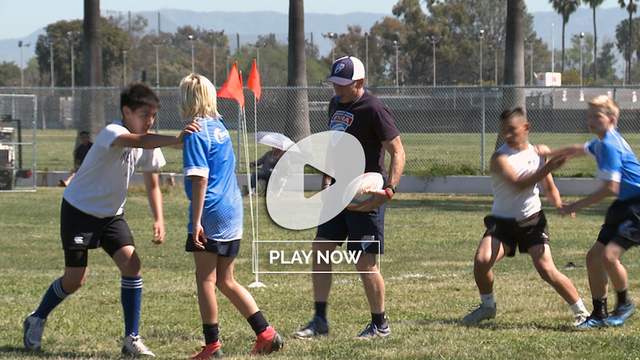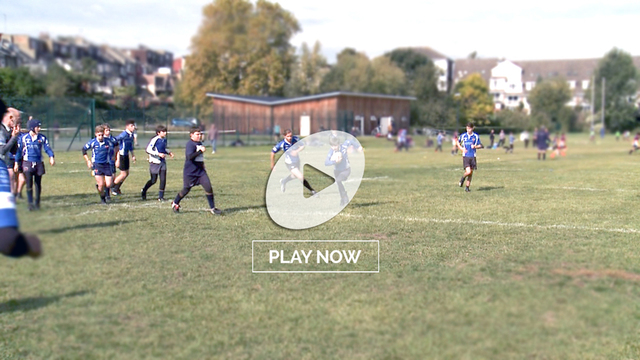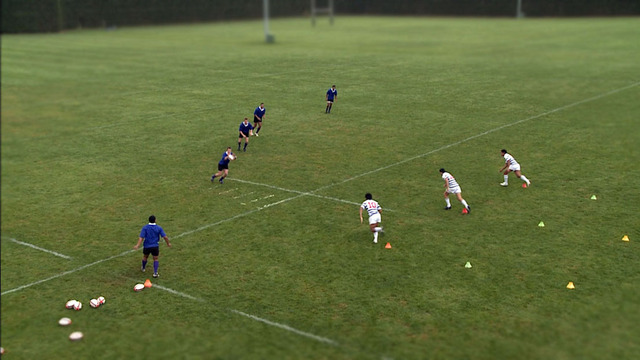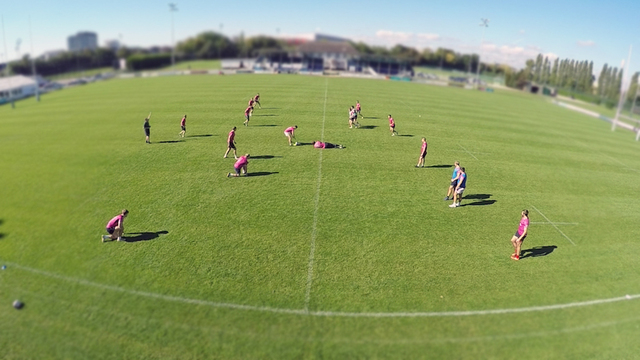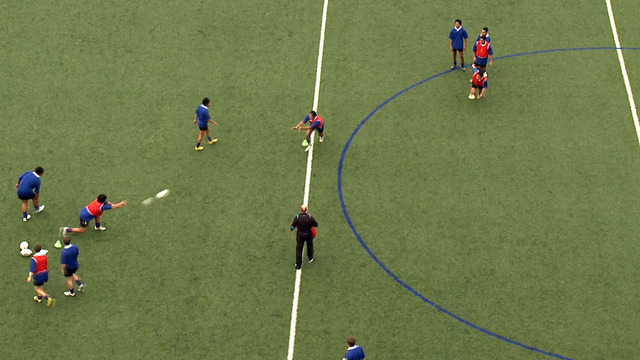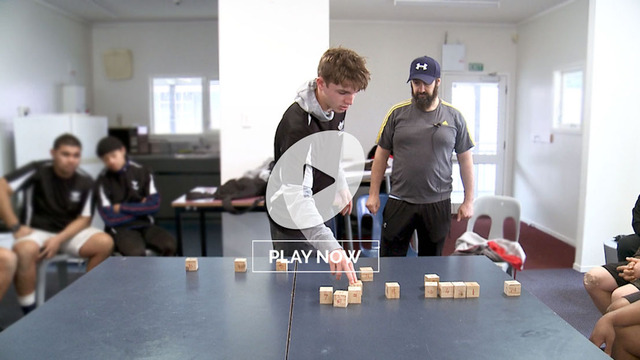When is the tip-on pass most effective?
The art of attacking is the art of creating and utilizing space. With defences in the professional age often defending with 13 or even 14 players in the line, finding or manufacturing that space can be very difficult.
In the amateur era there were far fewer defenders in line, with the majority of forwards committed to winning the ball at every set-piece or ruck. Nowadays those forwards are more often found defending, and many more of them are capable of running down a back than in the days of yore.
The old amateur solution of pushing the ball ever wider to find the space is therefore, no longer as effective as it once was. Teams have started instead to look at ways to create small pockets of space in which to attack in the middle of the field, without using the whole width of the pitch.
One of the weapons which has been developed is the so-called ‘tip-on’ pass. The tip-on is a quick transfer from one forward to another in a three-man pod – typically from the middle player of the three to the outside. The idea is that the speed of the transfer will be quick enough to create a hole which the defence will be unable to fill.
Typically, the tip-on is often used when play has reached a side-line and has to bounce back in the other direction. Here is one bread-and-butter example from a recent Super Rugby Aotearoa game between the Chiefs and the Highlanders:
The middle attacker in the Chiefs three-man pod makes a quick pass across his body to the outside after receiving the ball from the scrum-half:
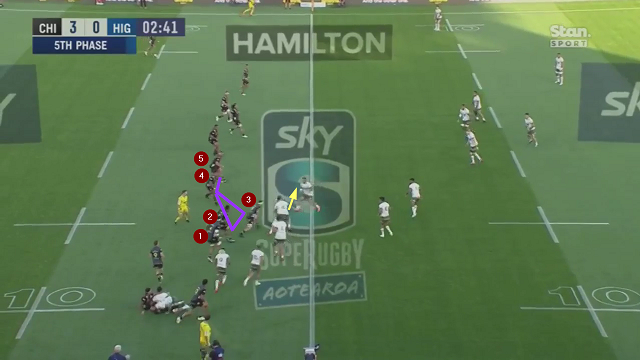
The problem for the attack is that the sleight of hand involved in the tip-on pass is neutralized, and then some, by the density of the D at the point it is made. There are no less than five Highlanders players in a zone no more than 10 metres wide.
That means the spaces between defenders will be short, and give them ample opportunity to react to the pass. In the event, the Highlanders’ defence is able to push back strongly on the ball-carrier in contact.
It makes more sense for the attacking side to use the tip-on at a point where the defence will be thinner. It can achieve this aim by inserting a second distributor in between the forward pod and the number 9, and making the extra pass.
The effect is significant, as this example from the game between the Crusaders and the Highlanders illustrates. The South Island side are once again defending the scenario:
With the second pass being made into a forward pod which has All Black Sam Whitelock at its centre, the defensive density is reduced and the line splits are slightly wider:
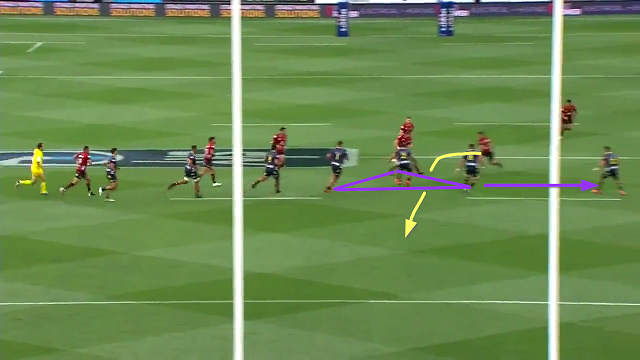
When Whitelock transfers the ball to Codie Taylor outside him, the Crusaders’ hooker has more space to pick his angle and the Highlanders’ defender opposite him is in two minds, having to cover the break on both shoulders. Taylor picks the inside shoulder to make his cut and run all the way to the posts to score.
An even more clear-cut example occurred in the game between the Western Force and the New South Wales Waratahs from Super Rugby Australia:
Once again, it is an All Blacks second row (Jeremy Thrush) in the middle of the Force forward pod, tipping on to a product of the Australian Sevens program (Tim Anstee) outside him.
The overhead shot from behind the posts reveals just how much more space there is in the Waratahs defence once that second pass has been made:
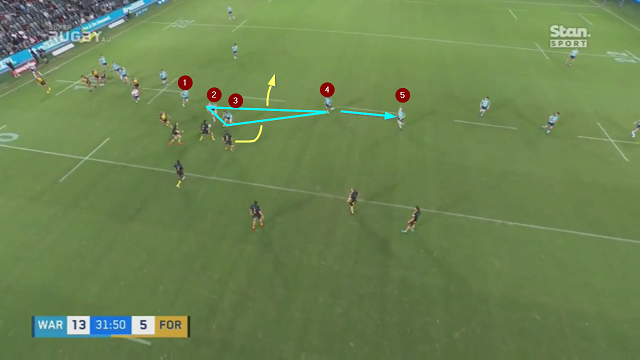
Here the five defenders are trying to cover 25 metres of space rather than just 10, and the splits between defender 3 and 4, and 4 and 5 are especially wide.
The attack can gain an extra bonus from positioning the best attacking athlete of the three on the outside of the pod. In this case Anstee, as an ex-Sevens forward can beat the covering scrum-half on the outside before delivering the money ball, and in-pass to his support for the try.
If you want to find space in the defence, it is no longer necessary to shift the ball across the whole width of the field. You can often find the pockets of least resistance in midfield, if you have good ‘hands’ (in the middle) and good ‘feet’ (on the outside) in your forward pod, and are able to make the second pass to get the ball to them.
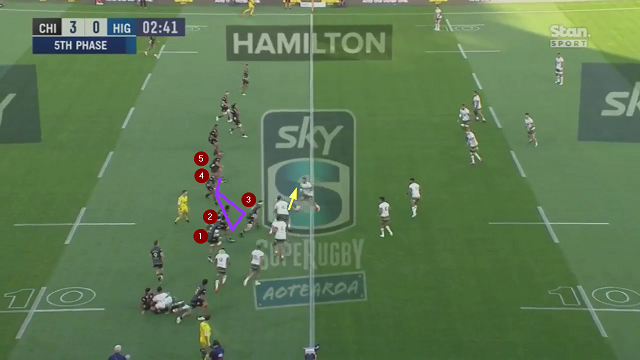


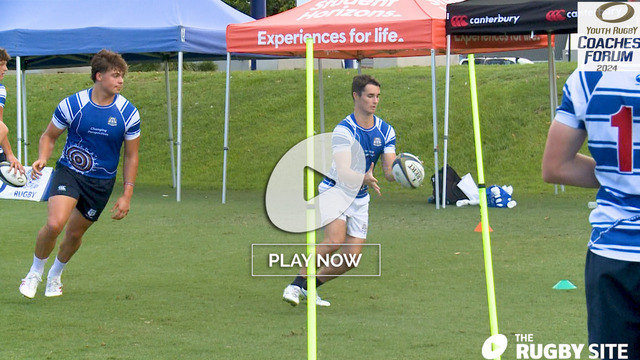
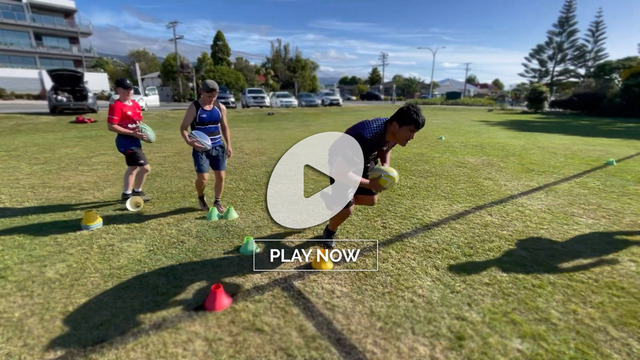
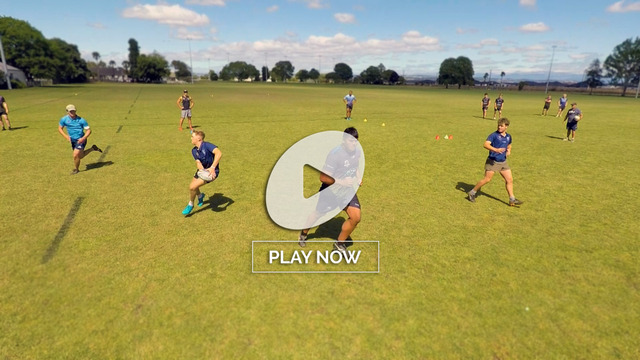
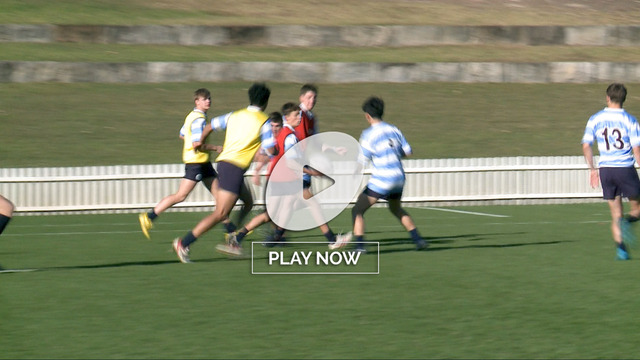
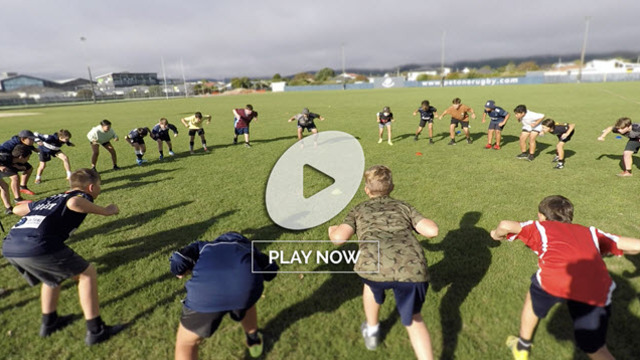
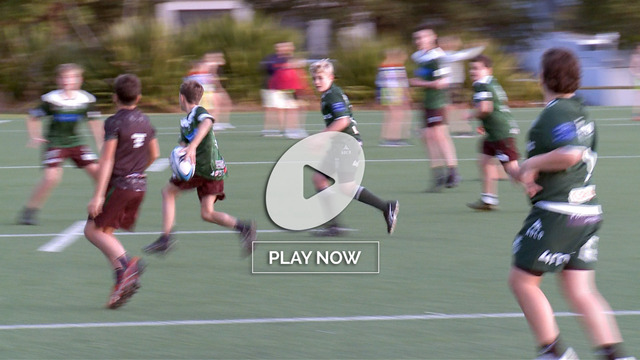
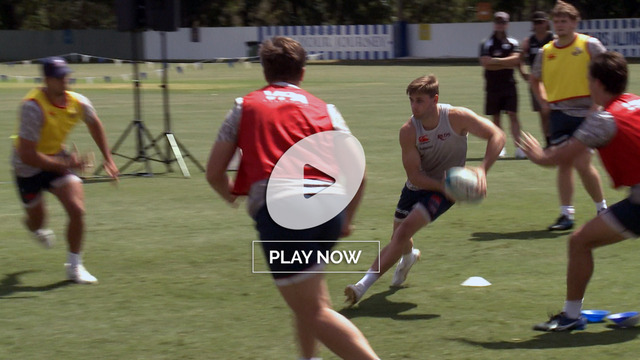
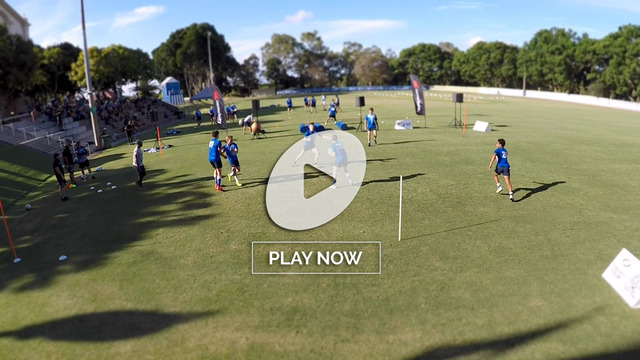
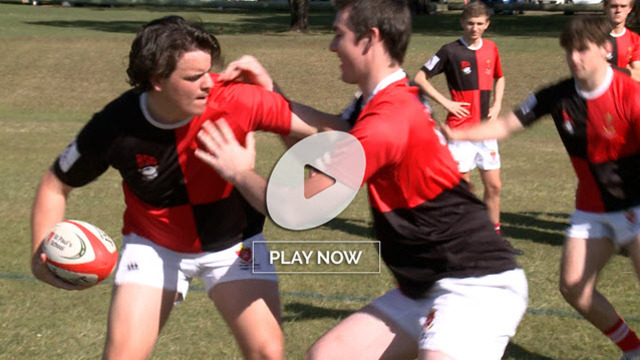
.jpg)
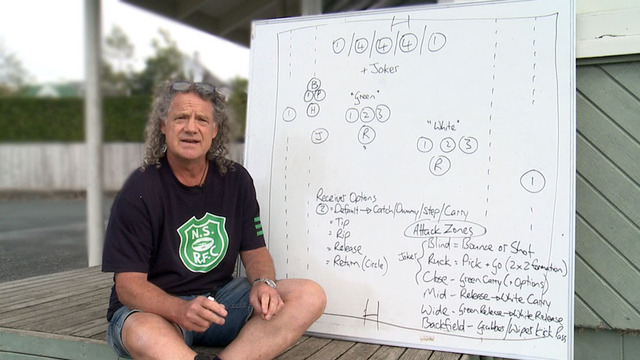
.jpg)
